In 1885 an old sporting man sat a table in the corner of a New Orleans bar holding court telling tales of his better days before the Civil War when he spent most of his time gambling in New Orleans.
During a lull between the tales when the laughter had stopped, the old man got a serious look on his face, took a long sip of his whiskey, and said, “A great many men led two lives back then, but sooner or later somebody drops their racket and exposes them. Men can be venomous. When one man starts out to injure another, he generally does it; and when he wants revenge, he manages to mutilate his victim before he finally buries it.”
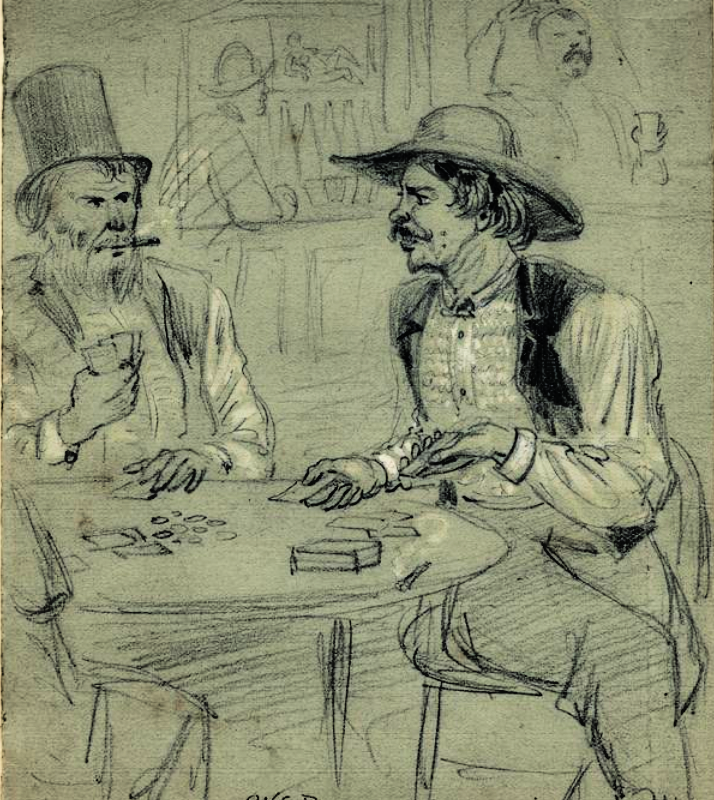
The old man continued, “Take my old friend Gus Sayers, for example. Gus was one of the best fellows I ever knew, a famous sport who would bet his last dollar on the turn of a card or any other chance, but he was square, and if a man played him dirt there was going to be a row right there and then. In 1858, he killed Harry Rivers here in New Orleans for attempting to cheat at Faro, a card game in which players bet on the order in which the cards appear. Harry Rivers turned nasty when Sayers called him out for cheating, so my friend really didn’t have a choice. It was him or Rivers and Rivers lost.”
“Gus Sayers was queer fellow. No one ever heard him swear, use obscene language, or saw him enter a brothel. The only vice he had besides gambling was that he would get liquored up occasionally and do something he shouldn’t.”
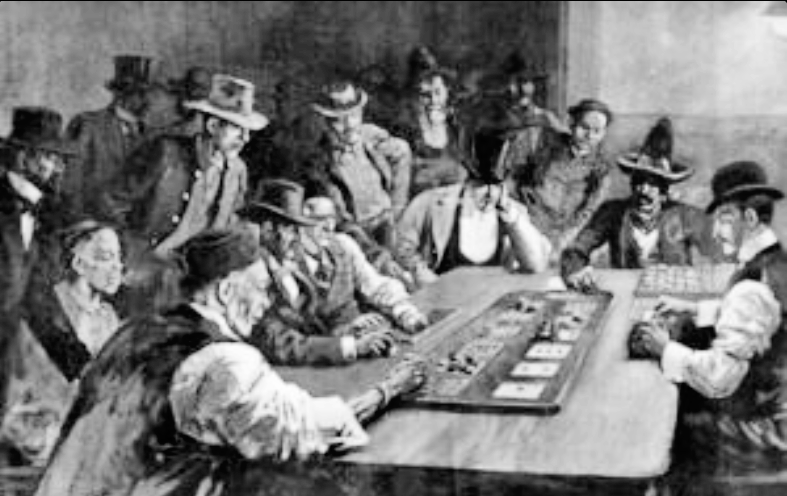
“There was always an air of mystery about Gus, which none of the boys could fathom. He made his headquarters here in New Orleans, but made frequent trips on the river to St. Louis, and during the summer months he would disappear altogether; in fact, from the first of June to the first of October Gus was dead to the gang. When he turned up, of course, we would ask him where he had been. His invariable answer was always just one word, ‘rusticating.’”
“Gus’s comings and goings went on for years until finally our gang ceased to wonder at it, though we couldn’t help but think that we would like to know more about our friend. A little incident occurred when I was with him one day which caused me to question his behavior even more. I was standing near the post office on Royal Street when I saw a man whom I recognized as a big gun in an Ohio church, who was then shaking up the sinners in New Orleans. What should Gus do but excuse himself to me and go meet him. They shook hands and held a conversation lasting several minutes. I was dying to know, but I knew that unless Gus wanted to tell me there wasn’t any use in asking anything about it, and Gus never volunteered a word.”
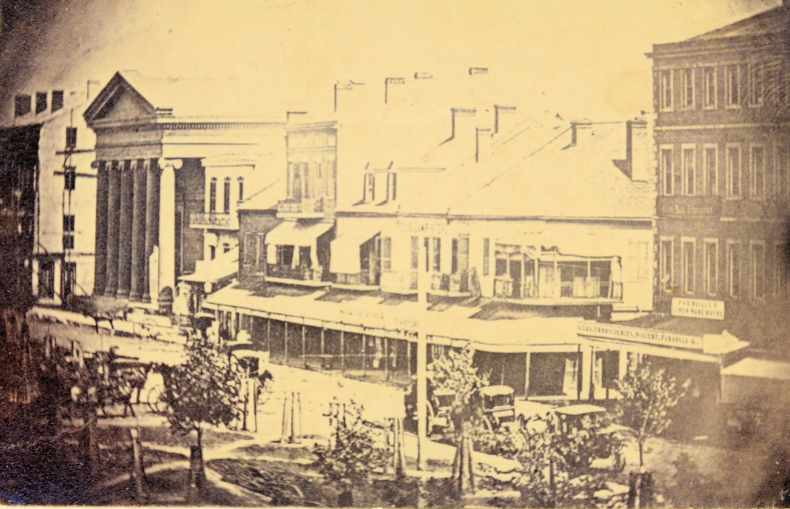
“I saw in the newspapers a few days later this same Ohio clergyman had received a gift of one thousand dollars from an anonymous donor to aid him in his good work. I didn’t say anything to Gus, but I did remember that he had made a big win the night before the anonymous donation was made.”
“Later, there came a spry looking chap from Kentucky who thought he could swing the world around his head if he got a good tail-hold. He tackled Faro and played with varying success, never getting ahead and never winning much. Finally, he challenged Gus for a game of draw. Now, if there was anything Gus did know, it was how to play short cards. The result was Gus beat him out of fourteen thousand dollars in two nights.”
“The man from Kentucky didn’t take kindly to the loss and insinuated afterward that Gus must have cheated. Everyone knew better. The sporting crowd in New Orleans at that time knew Gus Sayers wouldn’t cheat a man out of a million even if he could. The Kentuckian raised more cash and stuck around New Orleans, but he also stayed clear of Gus.”
“The first of June came around and Gus made his usual disappearance. Like always, he was missed, of course, and members of our crowd began to speculate as they always did what kept Gus away from New Orleans like clockwork during the summer and through September. The Kentuckian heard some of the gossip and caught on fast saying, ‘That fellow ain’t as square as he pretends to be, and I’m going to find out who he is and what he does.’”
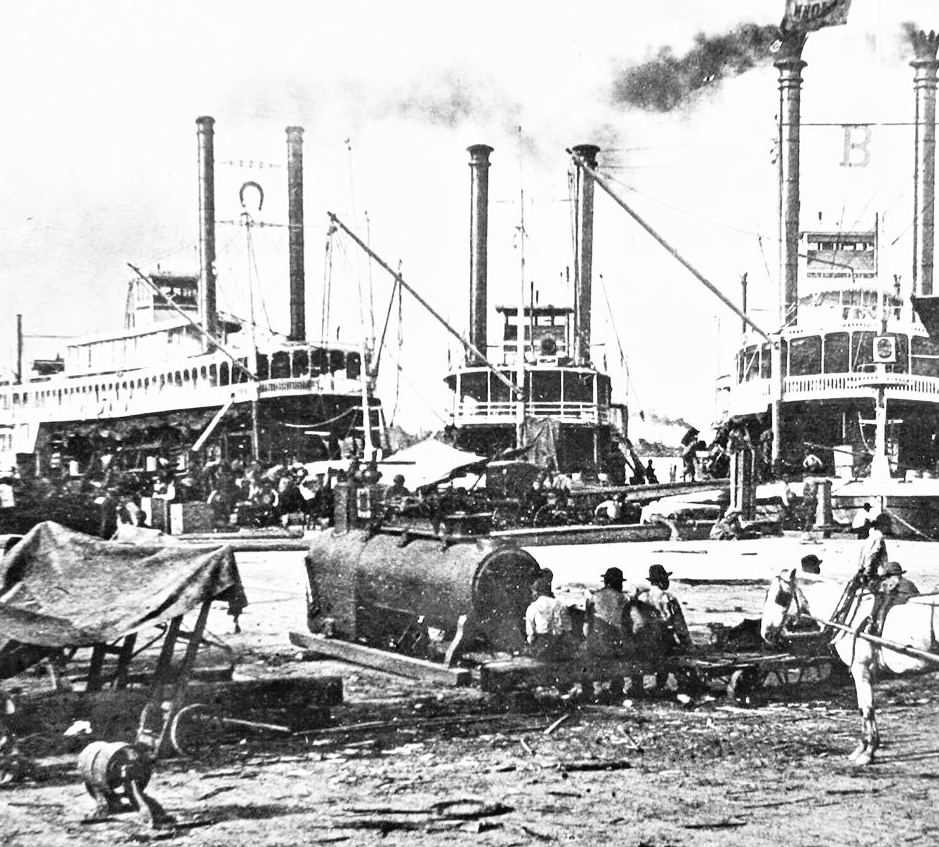
“October came and Gus made his appearance back in town. All that fall and winter he played with hard luck and was often broke, but a fellow like Gus never wanted for a stake. In the spring his luck began to pick up, and he left on his summer jaunt, after he had paid up his debts, with quite a sum of money in his pocket.”
Gus had been gone about month when we were all startled by a sensation in the papers telling us that Gus had committed suicide in ‘Hockensport,’ Ohio, a town at the confluence of the Hocking and Ohio Rivers. The full details of the tragedy had been written up for the Cincinnati papers and the New Orleans papers had copied it.”
“Finally, we had a whole history regarding Gus Sayers’ life. The mystery was solved. Gus Sayers wasn’t Gus Sayers at all, but Charles Norton, a rich and respectable citizen of ‘Hockensport,’ a member of the church, a Sunday school teacher, and the most popular man in the town!”
“The story, which took up about two columns of the Picayune, stated that the community was painfully shocked by the self-destruction of Charles Norton. It stated that there was a revival at the church Norton attended in ‘Hockingsport,’ and during a service Norton stood to offer a fervent prayer. Immediately afterword a stranger to the congregation stood and asked to be allowed to say a few words, and permission was granted.”
“Yes, the Kentuckian had got in his work of revenge. He began by saying, ‘This man is not Mr. Norton. He is a notorious gambler and blackleg. His name is Gus Sayers. He cheated me out of fourteen thousand dollars, and he dare not deny it. He is a wolf in sheep’s clothing, and I can prove every word I say.’”
“The Kentuckian went on for a bit longer telling everything he knew about poor Gus. Meanwhile Gus just sat there with his head bowed, not saying a word. The paper went on to say the revival service was totally disrupted at that point. There were no more songs or prayers that night.”
“The meeting broke up and it was stated in the paper that the people would have lynched the Kentuckian had it not been for the interference of Gus, who told the people to leave him alone, and that he would explain himself the next day. Seeing that he had raised quite a storm, the Kentuckian slunk away. He was never seen afterward in ‘Hockingsport’ or in New Orleans, for if he had been some of the members of our sporting gang would have killed him on sight.”

“The next day a delegation of citizens went to Gus’s home. I still can’t think of him as Charles Norton. They were met at the door by Mrs. Norton, and she showed them into the library to see Gus. Once they were seated and before the business at hand could be broached Gus excused himself and stepped into the hallway.”
“Suddenly, a loud gunshot was heard. Hurrying out of the room the members of the delegation found poor Gus lying on his back, a pistol clenched in his right hand, and the whole top of his head blown off.”
“His wife and two children came running and Mrs. Norton threw herself, shrieking on the dead body of her husband, and the children crouched down by his side, calling to him. The sight was described as horrible. The wife and two children became stained with blood, and it was with great difficulty that they were torn away.”
“Gus…Mr. Norton…had left a letter in which he acknowledged that the Kentuckian’s claims were true. He had led a dual life spending half of the year as the gambler, Gus Sayers, and the other half as churchgoing, businessman, Charles Norton. He stated he could not bear to live after such exposure among people who had loved him and whom he had loved, he had taken his life. His wife and children were well provided for in his will, and the people of ‘Hockingsport’ did not abandon the man they had known. All the stores closed, and a great funeral was given for my friend. All the Sunday school scholars left flowers on his grave.”
“Now, I hardly ever see a man, but I think to myself, does he lead two lives, and if he does won’t somebody give him away? There was poor Gus – a gambler for several months of the year and a gentleman for the remainder. A member of the church in one place, a sporting man elsewhere. Liked by everybody as a gambler. Loved by everyone who knew him as a Christian gentleman. If he were a Christian. Some say he wasn’t. I say he was. I don’t believe such a man could be a hypocrite. He was square as a gambler and more than square if that can be as a respectable citizen. He had a wife and family to support, and he did it. He made his money gambling, it is true, but he used it right. Gus Sayers or Charles Norton, whoever he was, a nobler man never lived. He was no common scrub. He was a gentleman by nature. There is one in a hundred thousand, though he may lead two lives.”
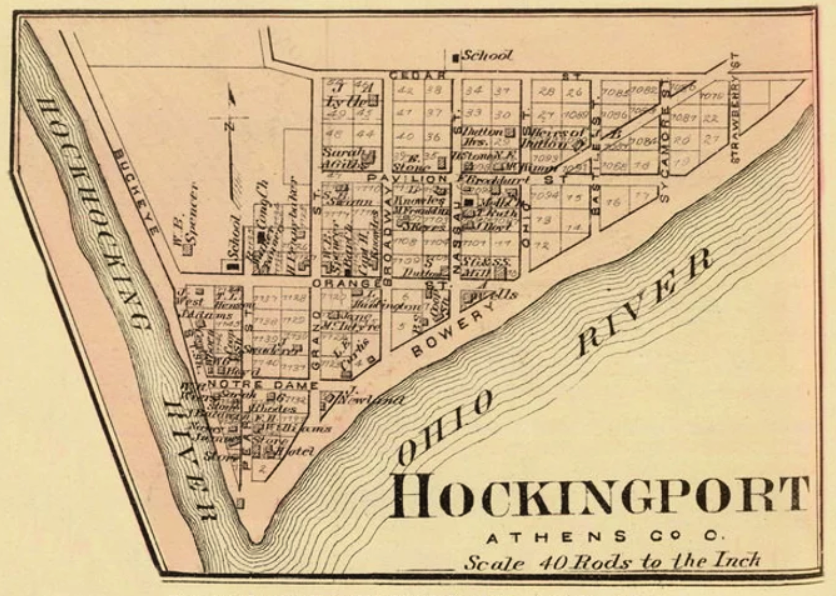
Through my research on various topics, I constantly stumble upon stories of people leading double lives. They fascinate me. I can see where it might have been very easy at one time without the Internet, etc. but many dual lives were discovered hence the large number of newspaper articles I find including this story regarding Gus Sayers/Charles Norton. Sometimes the stories are total fabrications – fictional stories hiding under the guise of a news story.
I wondered about this one and re-read the story carefully to look for markers I could check such as:
*The story had been republished across the country in various papers via the Denver, Col. News. Have you ever seen a newspaper’s name presented in this way? I haven’t, and I spend more time in the old newspaper data bases than I do reading current news. There is no newspaper listed that way for Denver. Perhaps the newspaper editors were hinting that this was a fictionalized story with no source.
*Gus Sayers was a known sporting man (gambler) in New Orleans who specialized in Faro. He had killed Harry Rivers in 1858 ( the only date given in the account). I searched the papers for New Orleans including The Times-Picayune for the murder of Harry Rivers in the 1850s. I came up empty.
*Charles Norton lived at ‘Hockingsport,’ Ohio. There is no ‘Hockingsport.’ There is a Hockingport (no “s”) in Athens County, Ohio. Census data shows a Charles M. Norton, born April 22, 1857 in Chauncey, Athens County, Ohio. This can’t be our gambler because he would have been one year old when Gus Sayers killed Harry Rivers. Charles M. Norton’s parents were Charles Thomas Norton and Julia A. Norton, but Charles, Sr. died at 80 years old in 1909. Our gambler would have died at some point between 1858, the year Harry Rivers was killed, and 1885, the year the article was published telling the story of Gus Sayers/Charles Norton.
*An unnamed clergyman (identified with a title of bishop) from Ohio in the original article received an anonymous gift of one thousand dollars thought to be from Gus Sayers/Charles Norton. A search would be like searching for a needle in haystack…no name, no year, no church name. No thanks, I’ll pass.
*The old man telling the story states he and his friends read of the suicide at “Hockensport,” Ohio and stated the Cincinnati papers wrote of it with the New Orleans Times-Picayune copying the article giving two columns to the story. I utilized the large databases at Chronicling America (Library of Congress) and Newspapers [dot] com and did a complete search in the archives of The Times-Picayune and other New Orleans papers using several keyword combinations for any story regarding Gus Sayers, the gambler, Charles Norton’s suicide, or the murder of Harry Rivers and found absolutely nothing that matched up. I did the same with Ohio papers with the same result. If these events occurred there would be some sort of story, right?
After 12 pages of notes tracing several men named Charles Norton across the country, I finally gave up trying to provide proof that this is a true story and just decided on the fact that it’s a good story and one that provokes thought. Don’t we all live dual lives to a certain extent? Most of us don’t live under one name for a certain part of the year and as another during the remainder of the year, but even with all the oversharing on social media, we all have a “self” we don’t share with anyone.
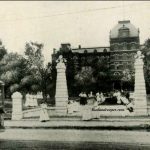

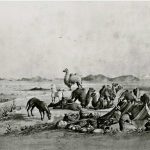
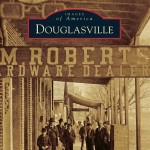
Leave a Reply